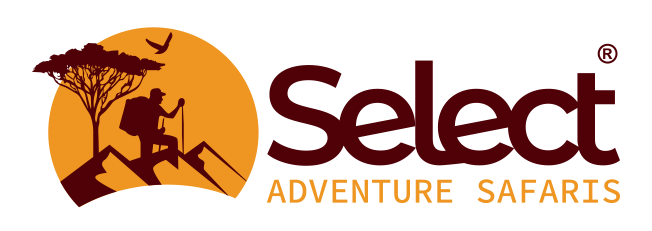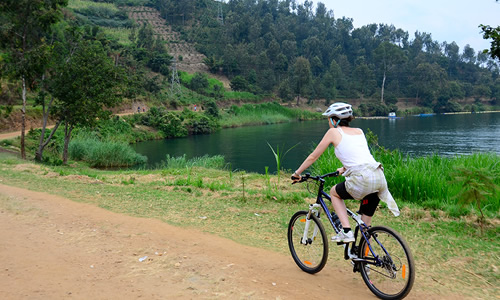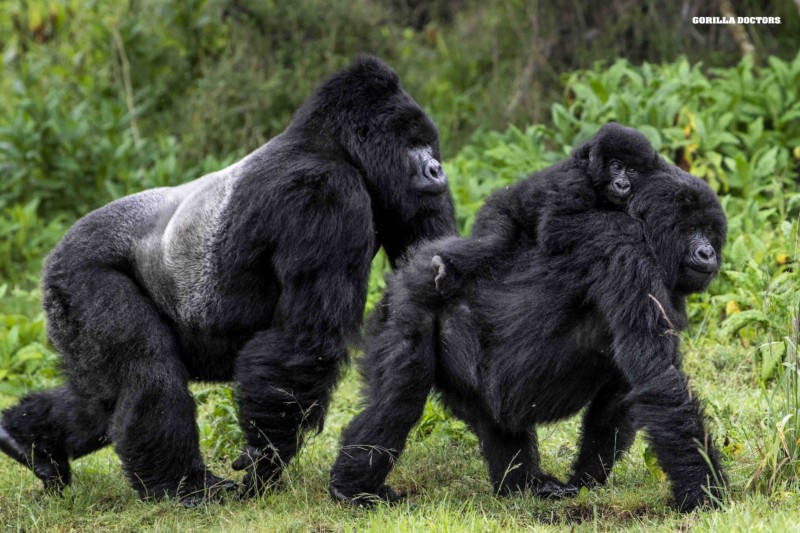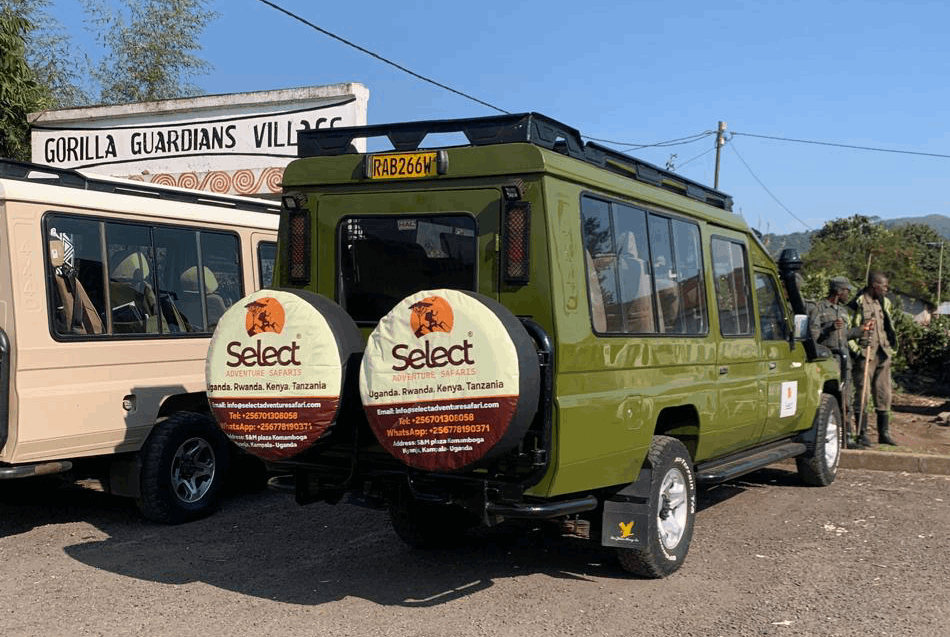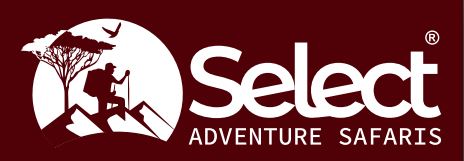Park entry gates to Chobe National park
Park Entry Gates to Chobe National Park: You can enter the park and pay your fees through a number of gates. The main entrance is at Sedudu Gate, which is close to the town of Kasane in the northeastern portion of the park. Then there’s Ngoma Gate, which is near Namibia and accessible via a 54-kilometer public road that leads into the park and is utilized by both residents of the Chobe Enclave and visitors from Namibia. Mababe Gate, which is on a trail connecting with Moremi Game Reserve, is the park’s southern entrance. The distance from Savute to this gate is 56 kilometers south.
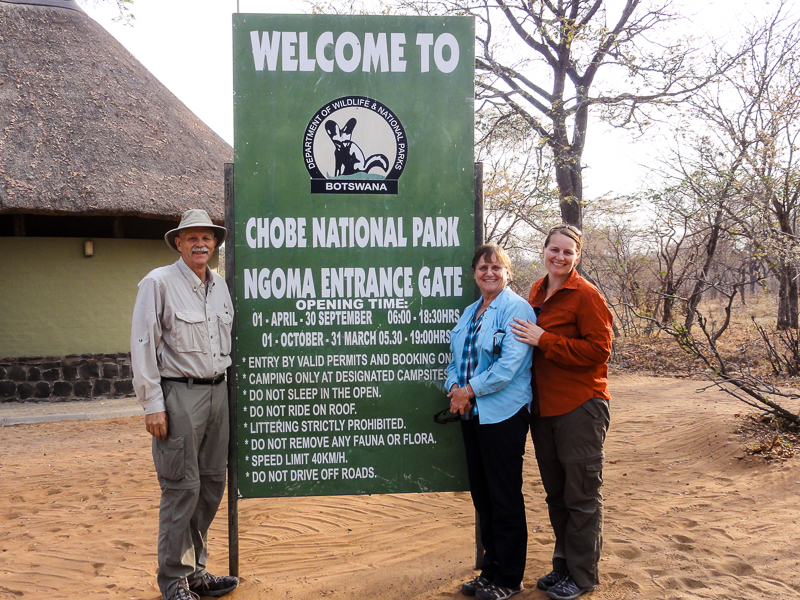
One of the best national in Southern Africa is Chobe National Park, a stunning sanctuary for wildlife. You will be enthralled for the rest of your life with the diversity of wildlife and stunning greenery at just one glance! The gateway to Chobe is Kasane, a small village on the borders of Namibia, Zambia, and Zimbabwe.
Chobe national parks flora and fauna
A safari experience unlike any other is ensured by the varied ecosystems of Chobe National Park, which support an incredible diversity of flora and fauna in addition to a variety of magnificent scenery.
Chobe National Park’s wildlife species
Chobe National Park is home to an abundance of different animals. With about 120,000 elephants in the park, Chobe is renowned for having the largest number of Kalahari elephants in the world. These animals can be observed in herds exceeding one hundred. Large herds of buffalo can be found, and there are a lot of hippos in the river. Continuing with the larger mammals, giraffes can be found in multiple locations.
Chobe is also well-known for having a sizable lion population. The park is home to the spotted hyena, which is the lion’s long-standing enemy. While cheetahs and the endangered African wild dog can be spotted in the more open grassland regions of Savuti, leopards are more abundant in the forested riverine sections.
A few uncommon semi-aquatic antelope species, like as Puku, red lechwe, and Sitatunga, can be found in Chobe. Nineteen distinct antelope species can be found in the park, along with a sizable population of Bruchell’s zebra. A few smaller mammals can also be seen in the area, including jackals, warthogs, baboons, cheeky vervet monkeys, honey badgers, mongooses, and the rare pangolin. In Chobe, crocodiles are arguably the most noticeable reptiles, although giant water monitor lizards are also quite likely to be spotted.
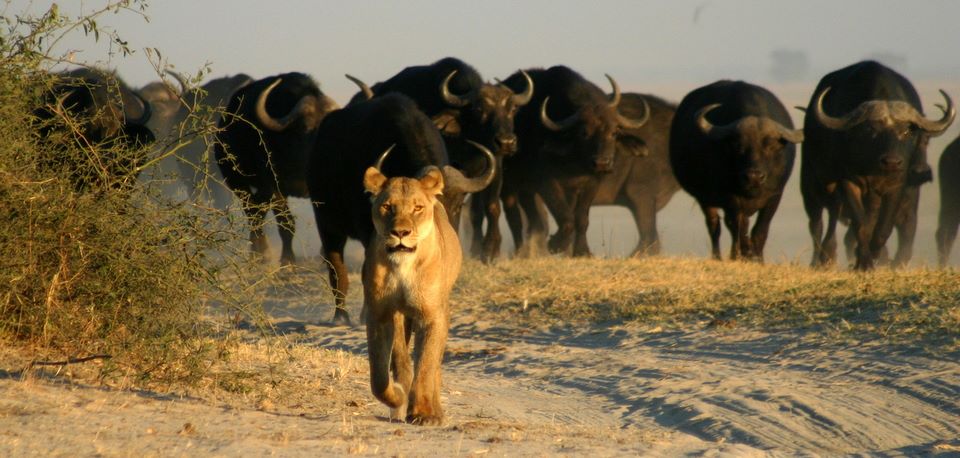
Chobe National Park’s birdlife
More than 450 different bird species can be seen at Chobe National Park, most of which are only visible from a boat cruise down the river.
Expect to witness enormous kingfishers, pied kingfishers, carmine bee-eaters, white-fronted bee-eaters, African fish eagles, grey-headed gulls, large white egrets, and highly sought-after rarities like the malachite kingfisher and the African skimmer, to name a few of the best.
Along with a variety of vultures, Chobe is home to the Marabou stork, which is renowned for having an unusual appearance. A birdwatcher’s paradise is Chobe National Park. If you want the best bird photos of your life, take a big lens with you.
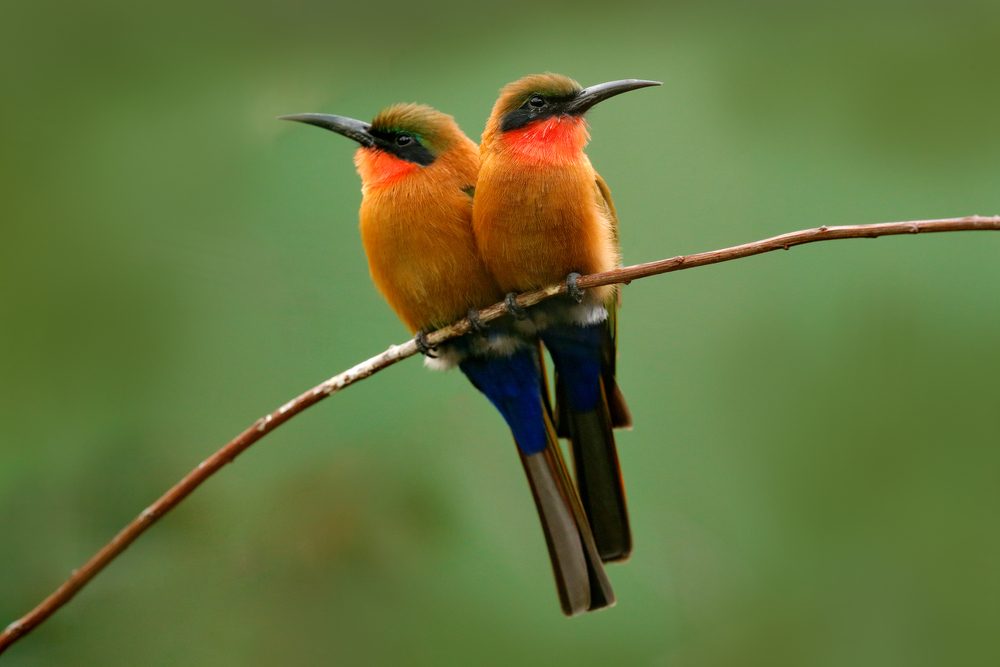
The park’s weather and climate.
There are two distinct seasons in Chobe National Park, and each one offers a different but equally captivating safari experience.
The rainy season, which spans about from November to the end of March, is characterized by daytime highs of 350 to 400 degrees Celsius and pleasant nighttime lows of 250 degrees. In spite of the heat, the majority of the day is dry and the humidity is not too high because rain usually falls in the late afternoon and evening.
The dry season, which runs roughly from April to October, has much more bearable average daily temperatures of around 27°, however in October they start to rise quickly in preparation for the arrival of the rains. Nights during the dry season can get very cold. This time of year, wear warm clothing if you’re going on an early morning game drive.
The best time to witness Chobe’s incredible birdlife in all its glory is during the rainy season, when the savute zebra migration takes place and the lush, green foliage is simply magnificent.
Large herds of the park’s renowned elephants can be seen in the Chobe River during the dry season, along with equally sizable herds of buffalo and a variety of predators that are all attracted to the river’s banks.
How to Reach National Park Chobe
Regardless of mode of transportation, the majority of visitors to Chobe National Park will need to pass via Kasane. If you’d rather drive yourself, Botswana’s roads are usually rather good, and traffic is never a problem!
From Johannesburg, the journey is 1300 kilometers, passing through Francistown and Nata. Proceed right through Martin’s Drift to Francistown after crossing the border. Take the A33 all the way to Kasane from Francistown after traveling the A3 to Nata.
You can cross the river on the ferry at the Kazangula border if you are driving from the Zambian side of the Victoria Falls. Livingstone is connected two the border by the M10. It takes about one hour and forty-five minutes, and it’s about eighty kilometers. It’s around the same distance, albeit usually a little quicker from Victoria Falls, a town in Zimbabwe. You enter Kasane on the A33 after passing through Zambezi National Park.
